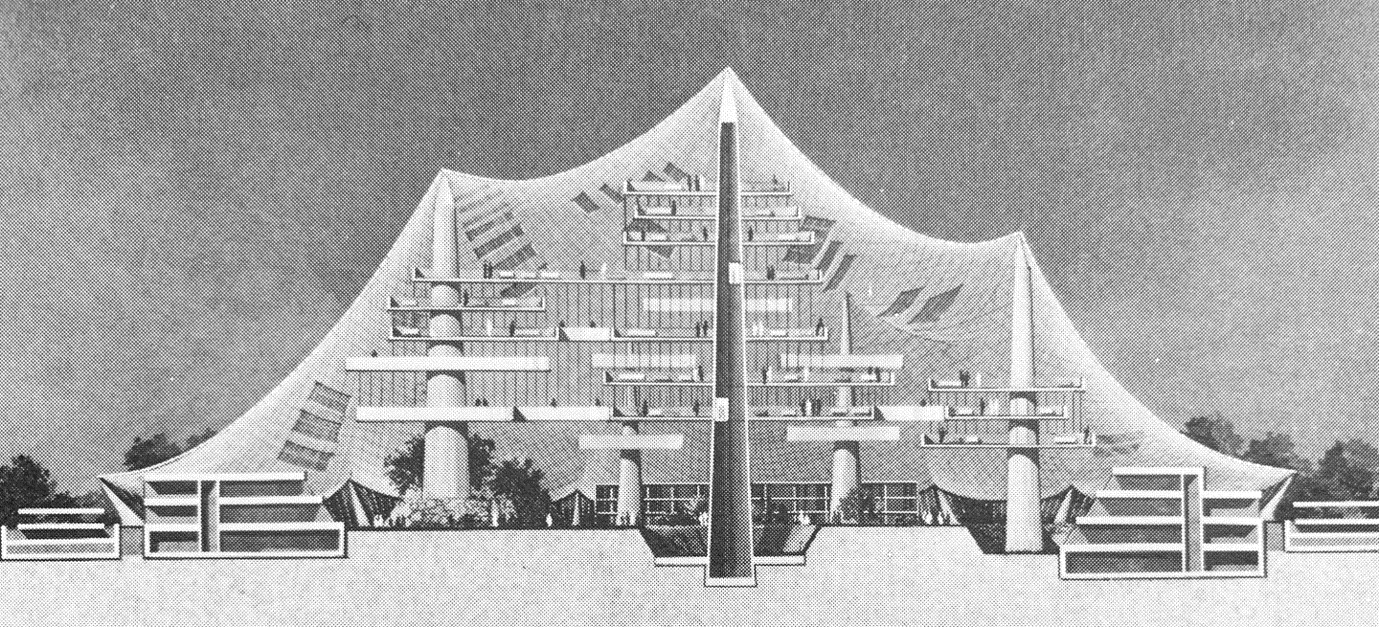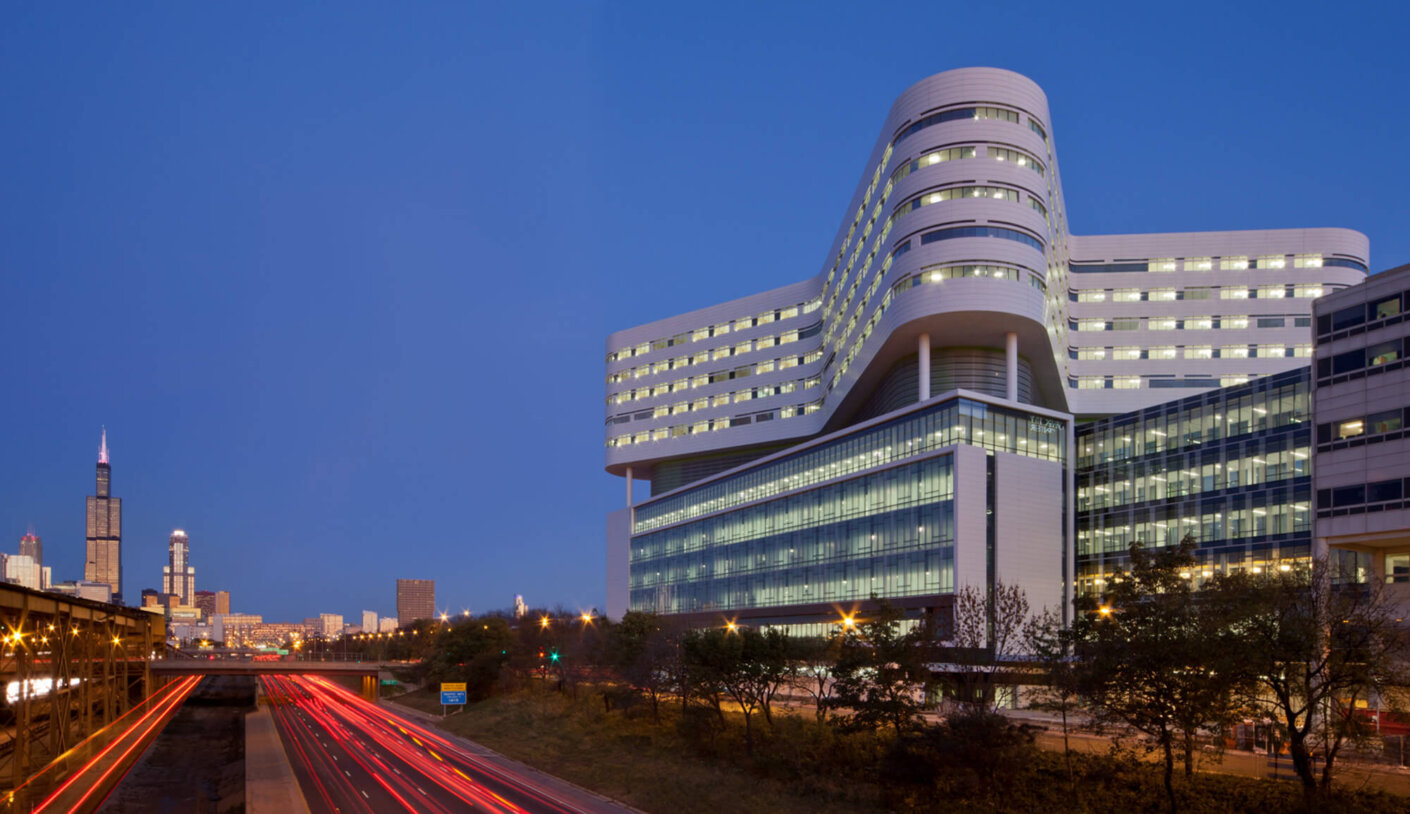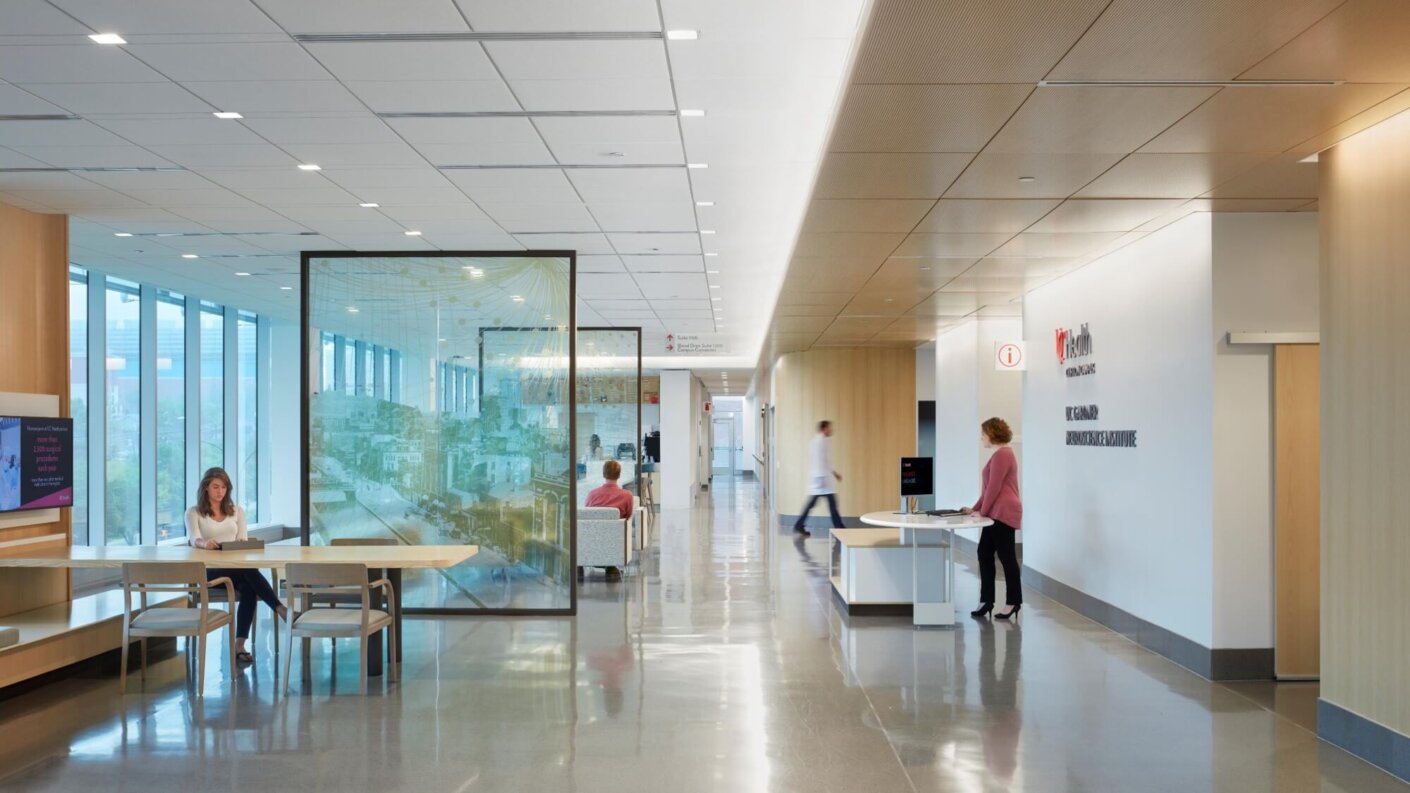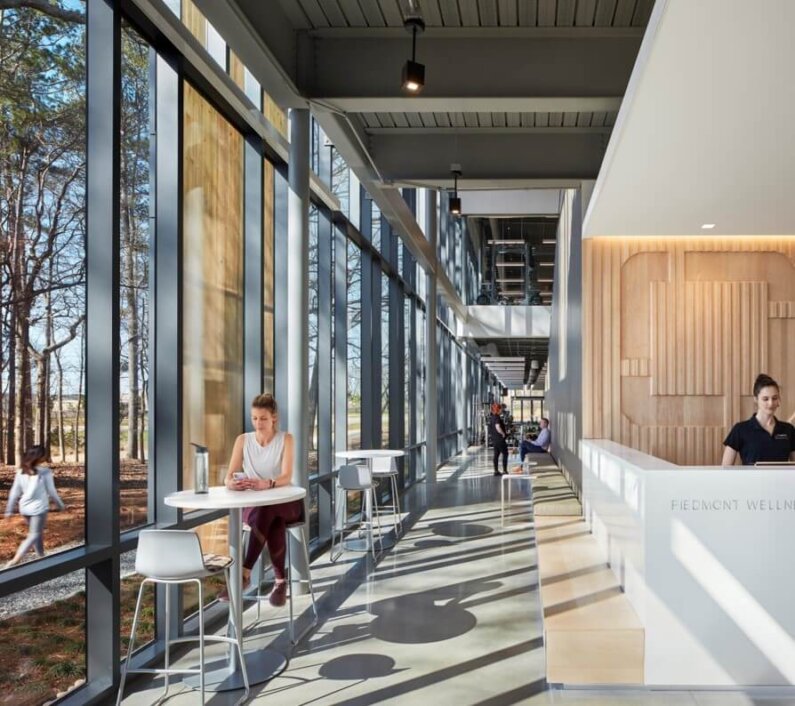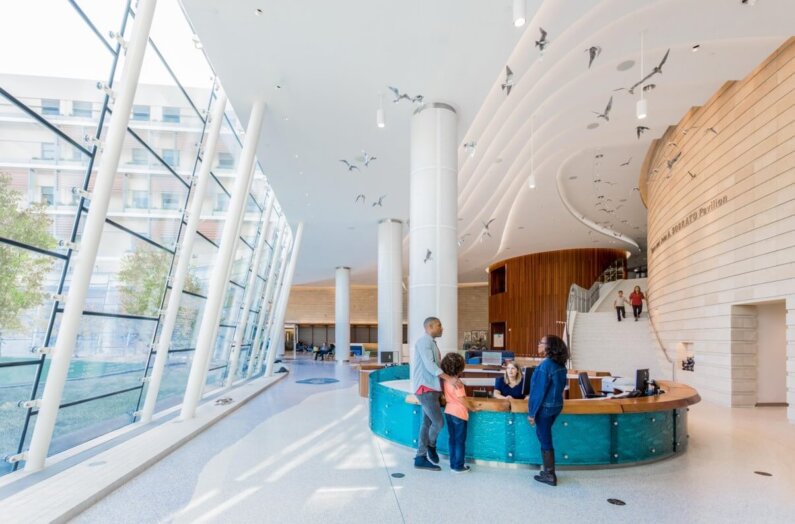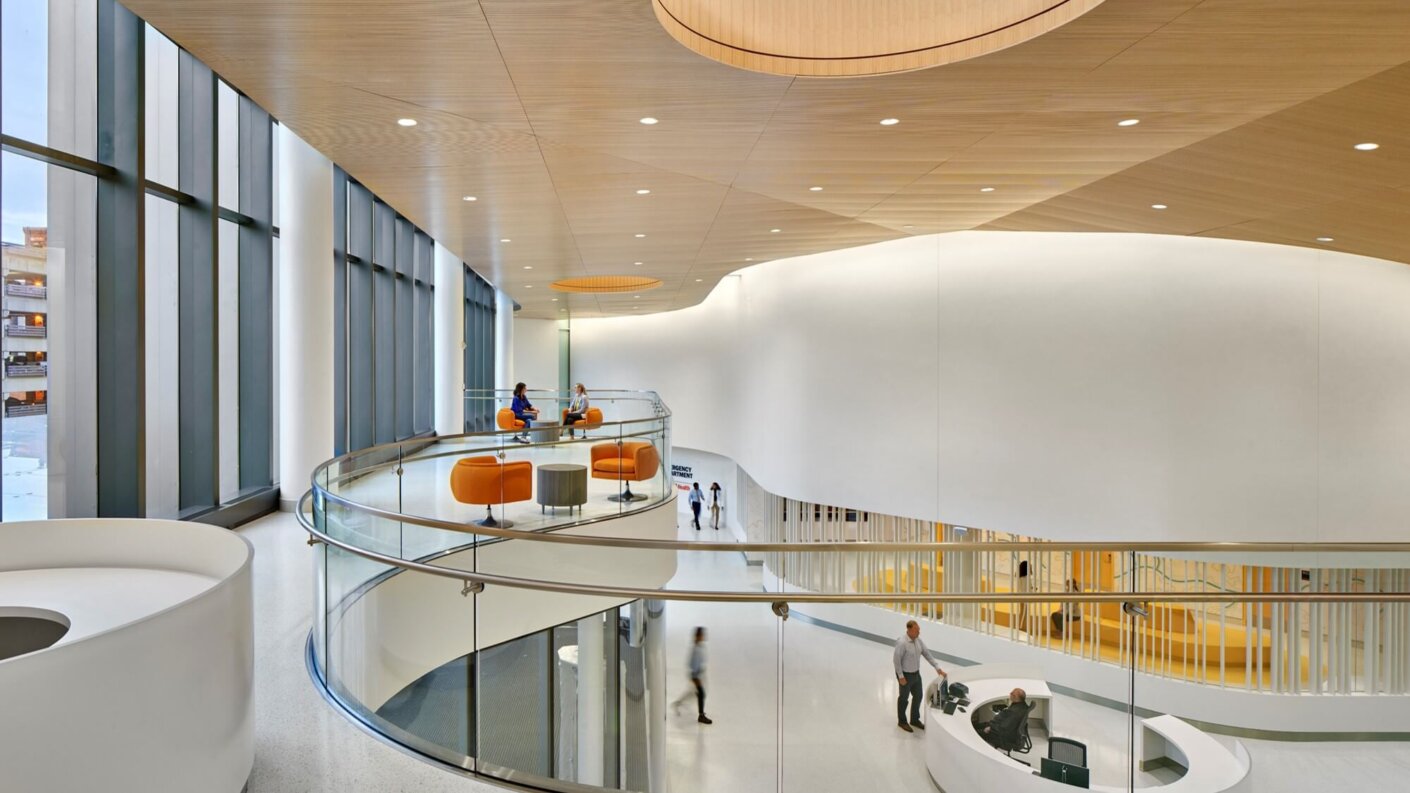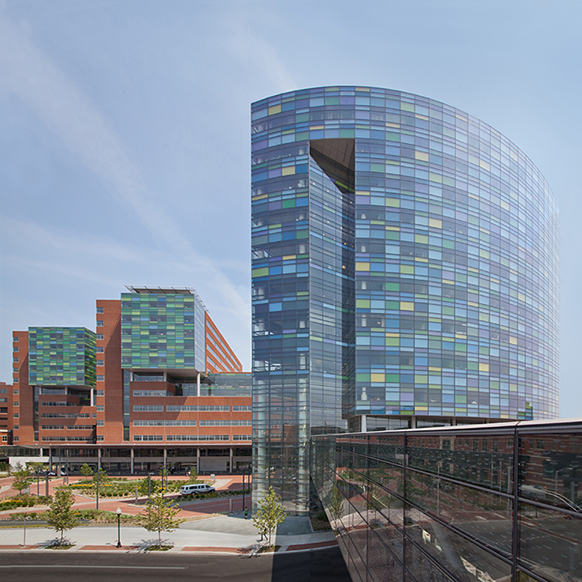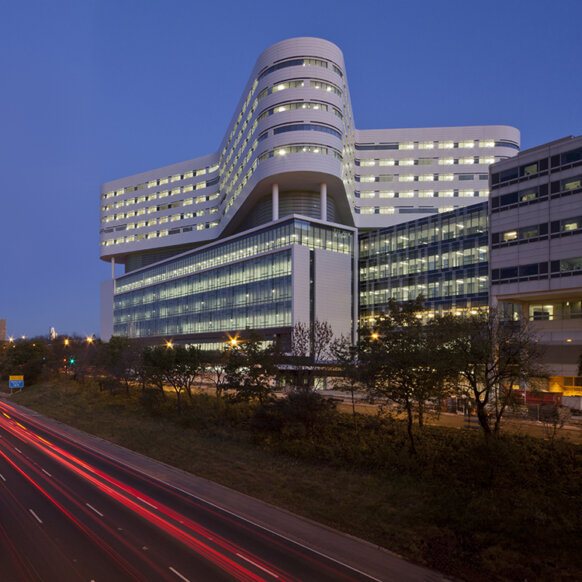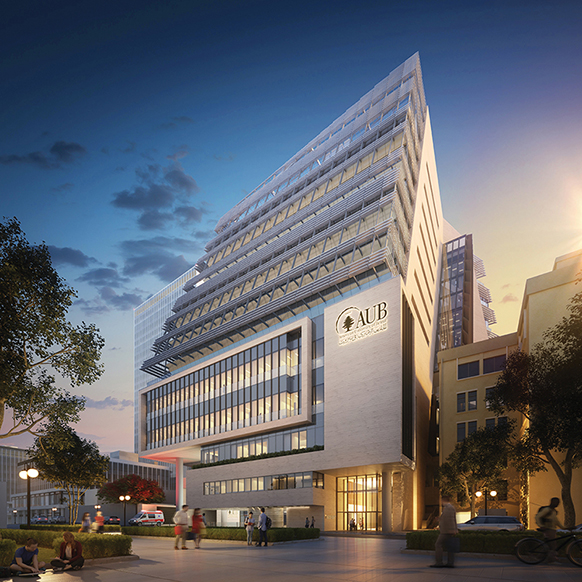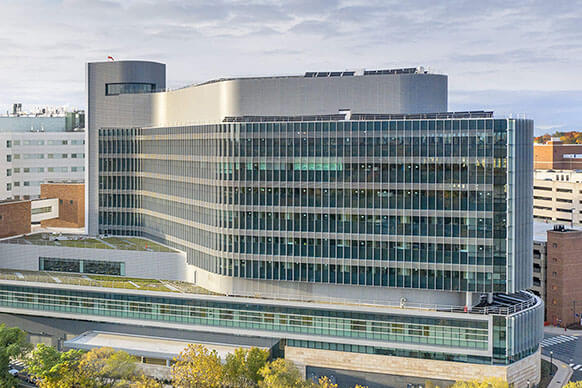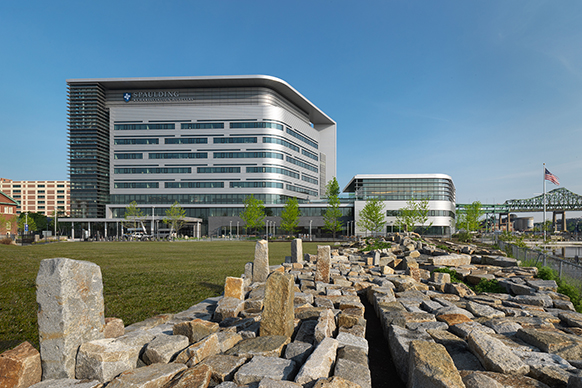For more than a century, we have seen paradigm shifts and pivots in healthcare and the concept of the hospital as a typology. Going back to the 1800’s, sanitation and hygiene were recognized as being beneficial to overall health. The flu pandemic of 1918 brought recognition of the importance of light and ventilation. Le Corbusier and the International school drove forward the machine aesthetic in architecture. In reaction to that, Alvar Aalto’s Paimio Sanitarium for tuberculosis emphasized the role a building can play in the healing process, with the building acting as a ‘medical instrument’. In the 1940’s architect Charles Neergaard rejected the concept of natural ventilation and daylight as representative of health and proposed a hospital with windowless inpatient rooms. Through the 1950’s, we saw a transition towards more enclosed building with integration of HVAC environmental controls, which further removed the humanity from the environment. In the 1960’s, Le Corbusier proposed the “New Venice Hospital” reintegrating light through venetian square or courtyards and skylights. In the 1970’s E. Todd Wheeler even imagined a Tropicarium, or tent hospital made of tree-like structures served by drones, as a way to return to nature –which in the current atmosphere of COVID alternate care facilities may not be so unrealistic. In recent years we have seen a return to biophilia and natural environments.
